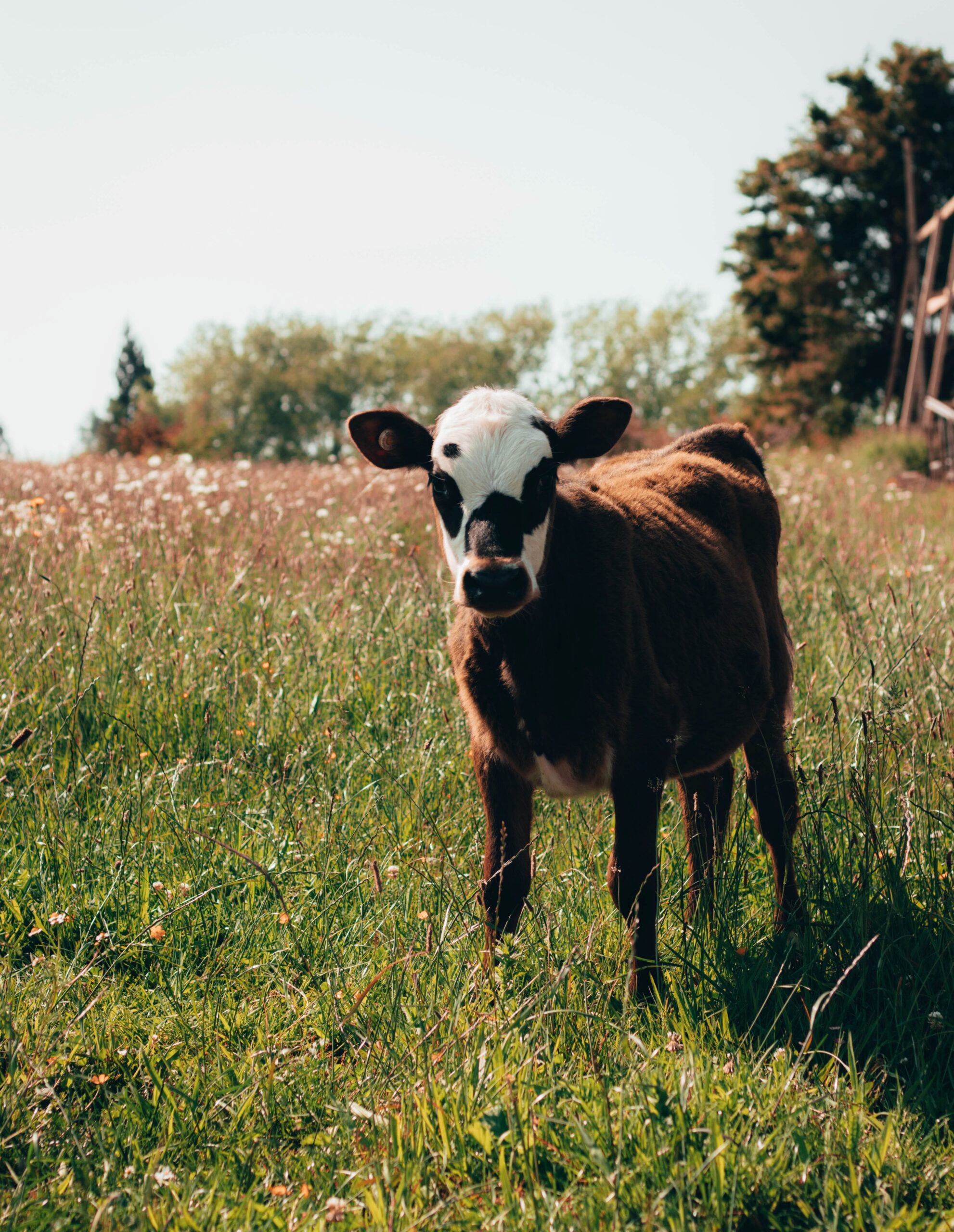
Have you ever brushed a cow?
I know I’m veering off of food blogging territory here, but this is important, and, in my opinion, really interesting. We all have our reasons for eating more plant-based. For some of us it’s purely health, others shift their eating for the environment, and others care about animal welfare.
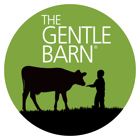 My first exposure to an animal sanctuary was The Gentle Barn located outside of Los Angeles about 10 years ago. While there, I got to brush a cow for the first time, hang out with pigs, turkeys, llamas and I fed the horses carrots too.
My first exposure to an animal sanctuary was The Gentle Barn located outside of Los Angeles about 10 years ago. While there, I got to brush a cow for the first time, hang out with pigs, turkeys, llamas and I fed the horses carrots too.
The Gentle Barn, like other animal sanctuaries, takes in rescued farm animals. Of course, they can’t save them all… yet*. The numbers of animals slaughtered for meat consumption is in the billions. But every once in a while, one gets lucky, and they get to live out their days being cared for by a group of compassionate people.
Not only do the animals benefit from the loving care, but the sanctuaries enable visitors to meet farm animals up close. For many people, this is a first exposure to animals other than pets. It’s an opportunity to experience the sentience of these beings firsthand. I remember the sign at Gentle Barn’s entrance requesting that if anyone brought lunch to enjoy, to make sure it had no animal products in it out of respect for their residents.
Makes sense, right? The sanctuary is home to rescued turkeys, but you’ve brought a turkey sandwich to enjoy. There’s a bit of a disconnect.
In fact, more recently I was visiting a different sanctuary that had chickens, goats, pigs, horses and cows and one of the employees there was eating a salad with chicken. What???!!!! But I also know that not every sanctuary is “vegan.”**
It’s tough to care about a topic that we are very removed from on a daily basis. Factory farming largely happens behind closed doors and all we see are the neatly wrapped meat packets in the supermarket ready for consumption. What we don’t see are the innocent animals suffering.
But why would we care anyway?
It often isn’t until we have a direct experience that we even begin to care. And the sanctuaries provide opportunity to meet the animals and teach us about the fate that might have been for these wonderful animals had they not been rescued.
I support a few sanctuaries.
One of them is Animal Place in Northern California. In addition to offering onsite opportunities to meet their animal residents, they host an annual conference. The conference offers good information not only about the plight of farmed animals, but also about technologies and good people that are helping improve plant-based and vegan food. And if you are interested in advocacy, they offer ways for your voice to be heard.
 Another favorite sanctuary has a different story. Rowdy Girl Sanctuary is located in Texas. Rowdy Girl was founded by Renee King-Sonnen, who, until 2014 was the wife of a cattle rancher. She woke up one morning and decided to go vegan because she just couldn’t handle sending those cows to slaughter. She launched a fundraiser and raised enough money to buy her husband Tommy’s cattle and today they run a sanctuary instead of raising animals for food. (Renee is now the wife of a former cattle rancher. I love that she had the vision, took action, and Tommy joined her efforts.)
Another favorite sanctuary has a different story. Rowdy Girl Sanctuary is located in Texas. Rowdy Girl was founded by Renee King-Sonnen, who, until 2014 was the wife of a cattle rancher. She woke up one morning and decided to go vegan because she just couldn’t handle sending those cows to slaughter. She launched a fundraiser and raised enough money to buy her husband Tommy’s cattle and today they run a sanctuary instead of raising animals for food. (Renee is now the wife of a former cattle rancher. I love that she had the vision, took action, and Tommy joined her efforts.)
Not only do they run the sanctuary, but they started the Rancher Advocacy Program helping ranchers around the world shift from raising cattle for food, to growing plant-based foods– vegetables, legumes, grains, etc. It’s a whole movement and it is fascinating to watch these people get creative and support one another. Renee is a firecracker and I’m honored to support them in their monthly membership program.
Perhaps you’ve already heard of Farm Sanctuary. They have a large following with locations in both NY and Los Angeles. In addition to offering sanctuary to their residents, they: “fight the disastrous effects of animal agriculture on animals, the environment, social justice, and public health through rescue, education, and advocacy.”
While there are dozens more, I’ll leave you with this last one. It’s a small sanctuary in upstate New York called Squirrelwood. They got smart and turned a camera on one of their cows named Crouton when she first came to their sanctuary. Now they have this wonderful following of people who love watching their animals’ antics in their barn. Sometimes they even put a GoPro on a resident and you can get a pig’s eye view of life on the farm. They do a great job with their social media- especially on Twitter, and it’s fun to watch the life in the barn. I don’t know that they are vegan, but I do know that if you’ve never spent time with a cow or pig or horses and want to have some fun, their social media is great.
*One of Rowdy Girls missions is to help turn animal farms into plant farms so that we can save them all. Tall order, I know, but they are leading a movement that is slowly coming around.
**Animal Place has a program that helps sanctuaries that are not already vegan, go vegan. It’s surprising to me that some sanctuaries rescue pigs, chickens and cows, but then eat food made from those animals. I’m happy that Animal Place is helping to shift that.
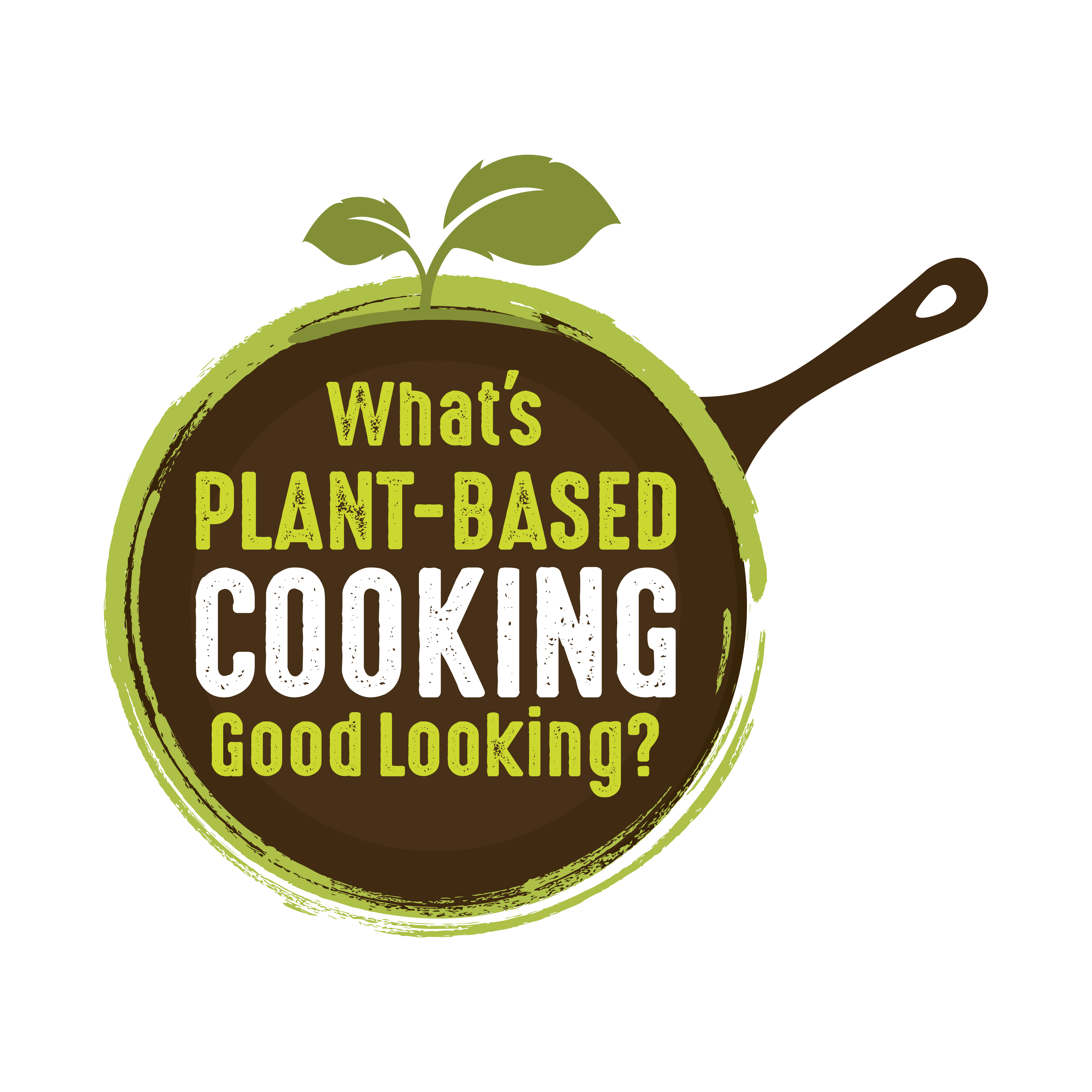
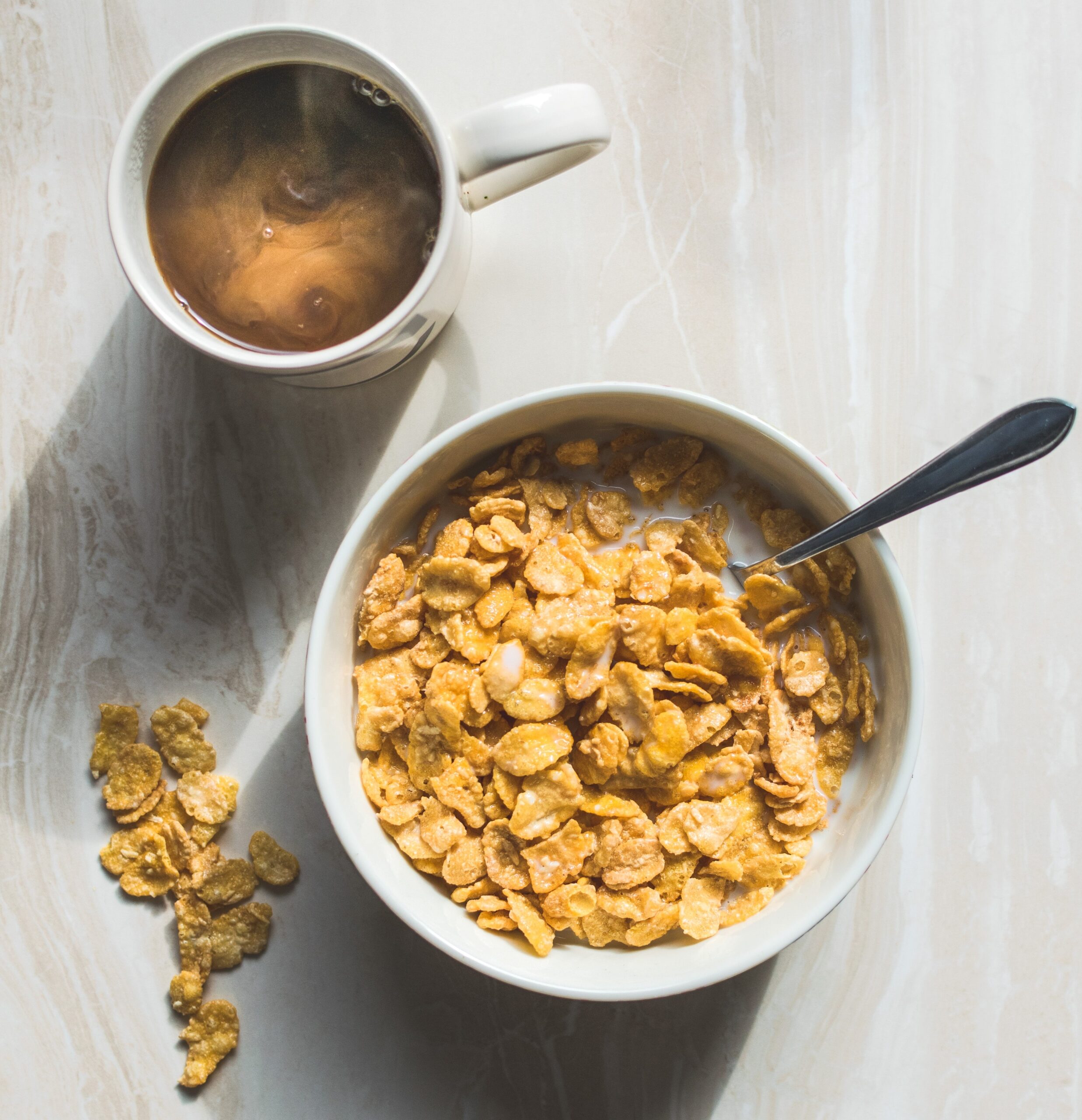
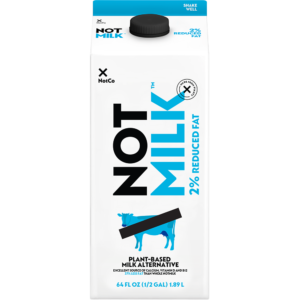
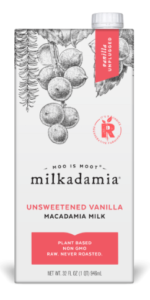
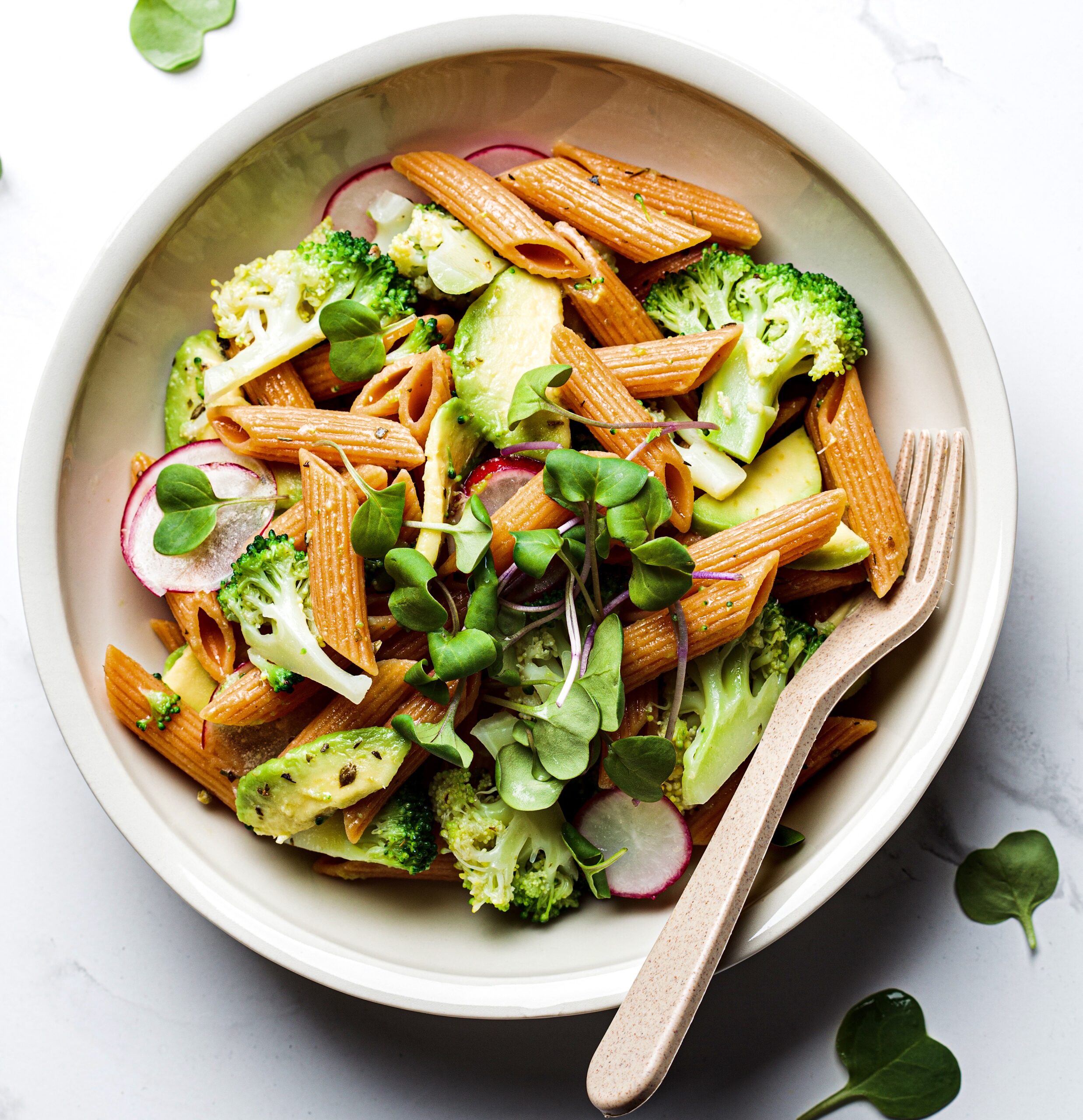
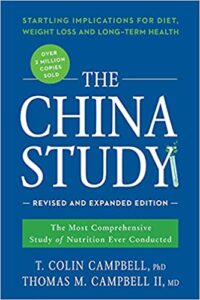

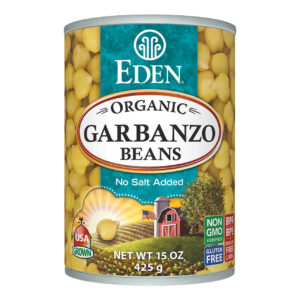 I had never heard of this ingredient either, before my foray into plant-based cooking. Aquafaba is the liquid from a can of chickpeas (garbanzo beans) or other canned beans. Translated, aquafaba means bean water. Aqua (water). Faba (as in fava bean).
I had never heard of this ingredient either, before my foray into plant-based cooking. Aquafaba is the liquid from a can of chickpeas (garbanzo beans) or other canned beans. Translated, aquafaba means bean water. Aqua (water). Faba (as in fava bean). 

 More recently though, I learned of
More recently though, I learned of